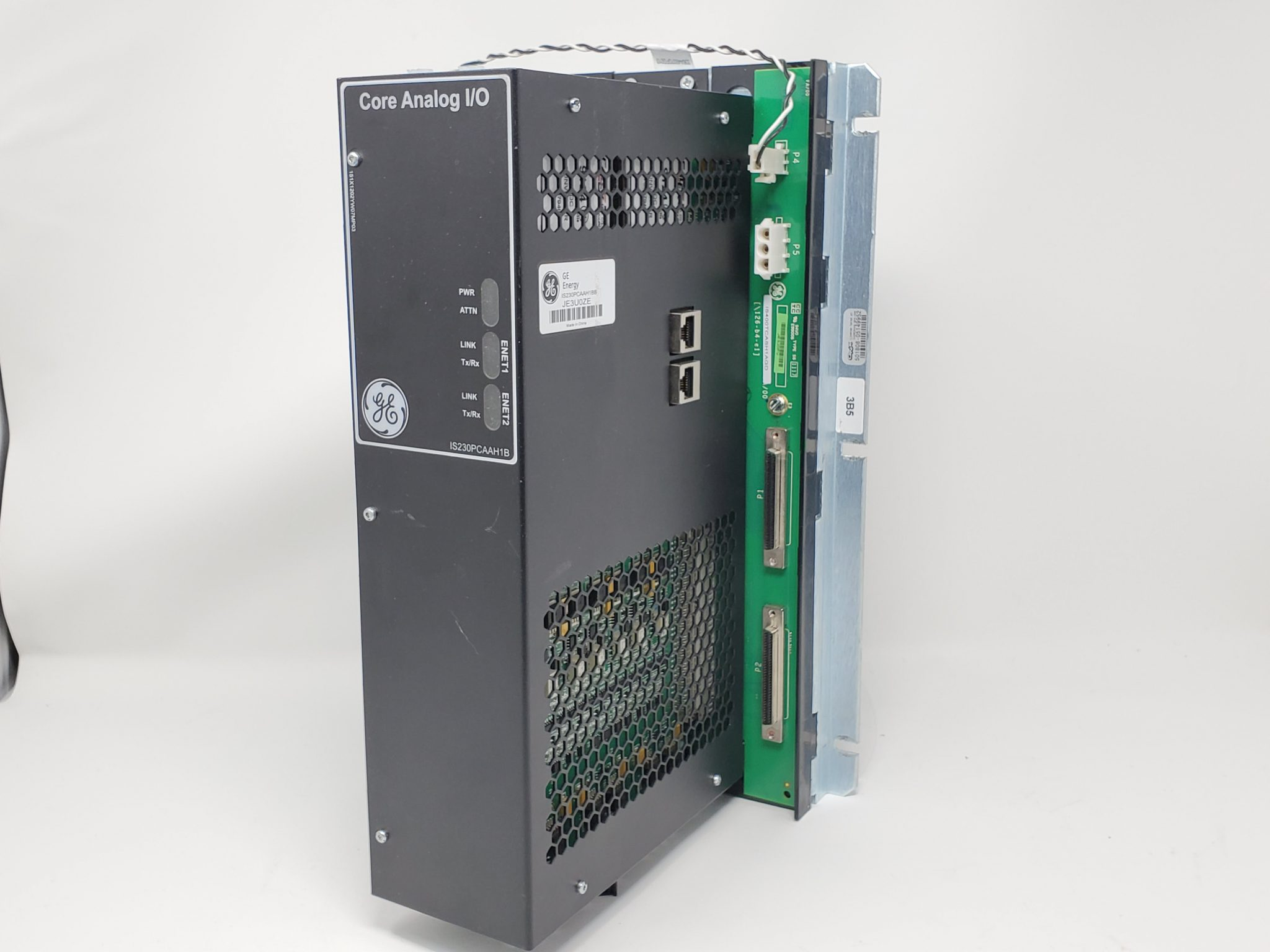
ABB DSAI 130A 3BSE018292R1
The main function is analog signal reception and conversion: It receives analog signals (such as temperature, pressure, liquid level, etc.) from on-site sensors or equipment, processes these signals and then sends them to the control system for analysis and decision-making. Servo control: Equipped with servo control function, it can convert and transmit control signals. Technical specification: Number of channels: 16 channels. Input type: Analog input (voltage/current). Voltage range: -10V - 10V to +10V+10V. Current range: -20mA - 20mA to +20mA - +20mA. Resolution: 16 bits. Accuracy: ±0.1%±0.1%. Sampling rate: 1000Hz. Physical dimensions: length 324mm, width 225mm, height 22.5mm, weight approximately 0.32kg. Operating temperature range: -20 ℃ to +60℃. Storage temperature range: -40 ℃ to +85℃. Relative humidity: 5% to 95% (non-condensing). Protection grade: IP65. Compatibility and interface compatibility: Compatible with multiple control systems, suitable for industrial application scenarios such as factory systems, monitoring and data acquisition systems, medical systems, and transportation equipment. Communication interface: It includes Ethernet and supports multiple communication protocols, facilitating data exchange with other devices or control systems. Port options: 4 to 32 port options are provided, achieving a 66MHz bus speed through the Control Unity ASIC chip, with a communication speed of up to 921Kbps. Power supply requirements: Power supply voltage: 24VDC - 24VDC. Power consumption: <5W<5W. The installation and configuration module is designed to be easy to install and configure. For specific operations, please refer to the user manual. Application field: Industrial control: Used for measuring and controlling parameters such as temperature, pressure, and flow rate. Process control: Used for controlling valves, motors and other equipment. Medical: Used for monitoring patients' vital signs. Laboratory: Used for measuring and controlling experimental parameters. Please note that the above information is for reference only. For specific usage instructions, please refer to the user manual provided by ABB officially
When using ABB DSAI 130A 3BSE018292R1, the following points should be noted: Installation and configuration environment requirements: Ensure that the installation environment meets the product requirements and avoid using it in places with extreme temperatures, humidity, or strong vibration and electromagnetic interference. Correct wiring: Strictly follow the wiring diagram for wiring to ensure that the connection of power and signal lines is correct and error-free, avoiding equipment damage or malfunction caused by incorrect wiring. Grounding treatment: Ensure proper grounding of the equipment to enhance the system's anti-interference capability and safety. Regular inspection for operation and maintenance: Regularly check the working status of the equipment, including indicator lights, display screens, etc., and promptly identify and handle any abnormal situations. Cleaning and maintenance: Keep the equipment clean, regularly remove dust and debris to prevent dust accumulation from affecting the heat dissipation and normal operation of the equipment. Software update: Pay attention to the software version of the device and update it in a timely manner to obtain better functions and security. Fault handling and troubleshooting: When equipment malfunctions, it is necessary to conduct an investigation based on the fault symptoms, identify the cause of the fault and handle it accordingly. Professional maintenance: For faults that cannot be handled independently, professional maintenance personnel should be contacted promptly for repair to prevent greater losses due to the expansion of the fault. Safety Precautions and anti-static measures: When touching the equipment, anti-static measures should be taken, such as wearing anti-static wristbands, to prevent static electricity from causing damage to the equipment. Adhere to operating procedures: When operating the equipment, strictly follow the operating procedures to avoid equipment damage or personal injury caused by misoperation. By adhering to the above precautions, the normal operation and long-term stability of ABB DSAI 130A 3BSE018292R1 can be ensured, and the reliability and safety of industrial automation systems can be enhanced.
























.jpg)












































.jpg)
.jpg)





.jpg)



.png)
.jpg)

.jpg)
_lVjBYb.jpg)

.jpg)
.jpg)



.jpg)
.jpg)







.jpg)

.jpg)
.jpg)











.jpg)





